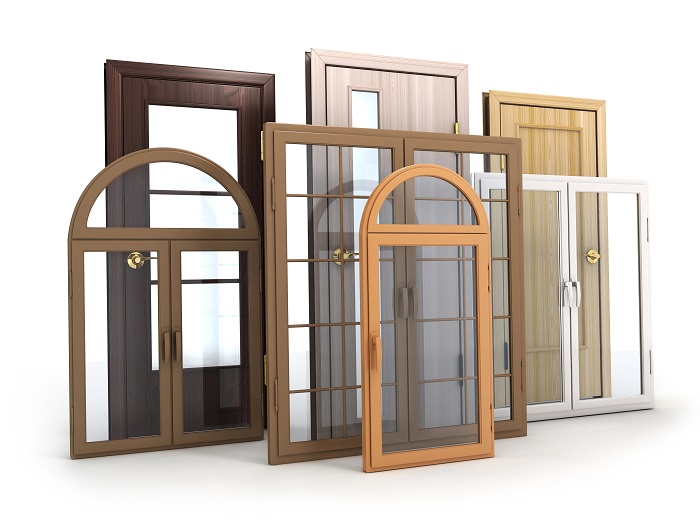Windows - Saving with Standard Sizes
Your new home is most likely your largest investment and there are always unexpected bills to be paid, so it makes sense to cut costs when you can. That is one reason many owner-builders opt to use standard window sizes rather than expensive custom-made windows.

While you can definitely order windows made to custom sizes, when you build a home, you can buy them off the shelf if you have standard sized rough opening, which usually amounts to huge savings.
Dimensions of Standard Windows
Don't go cutting the window openings to the exact measurements of the window sizes before you read up on the sizing. Some people are surprised to learn the ways window manufacturers identify the dimension of the standard products.
Windows are identified by whole numbers for the standard sized rough opening. Though the actual window measurements are usually 1/2 inch less. An example of this is a sliding window designed to fit into a 2'x2' rough opening is referred to by the whole number 2020. The actual dimensions of this window are really only 23 1/2" by 23 1/2".
The Half Inch Rule
The manufacturer identifies its windows by rough opening sizes in whole numbers but takes off a 1/2 inch on both window dimensions to ensure ease of installation. Don't let the sizing confuse you. Just know the half inch rule. The 1/2 inch reduction in size versus the whole number which identifies it allows the installer the room to do just that. Once the window is plumb, installers add shims to keep it in place while they secure the window in the rough opening. Each manufacturer may offer different sizes, but most provide windows with standard measurements.
Picture Windows
Picture windows do not open. The can be much wider and taller than standard dimensions. Standard widths are 2, 3, 4, 5, 6 and 8 feet. Standard heights in whole numbers range from 2 feet tall all the way to 8 feet tall. Remember the half inch rule when ordering.
Double Hung Windows
Rough opening widths for double hung windows start at 24 inches, ranging all the way up to 48 inches. Additional window widths are 28, 32 and 40 inches. Here again, use the 1/2 inch rule. Double hung window heights vary from 36 to 72 inches tall.
Sliding Windows
Standard sliding window widths are 36, 48, 60, 72 and 84 inches wide. These windows also follow the half inch rule. Standard heights are 24, 36, 48 and 60 inches. A 6'x4' tall window is identified as a 6040.
Which Type is best?
This question deserves a little research. Here is a great article entitled "Vinyl vs. Fiberglass." It offers a few great insights.



